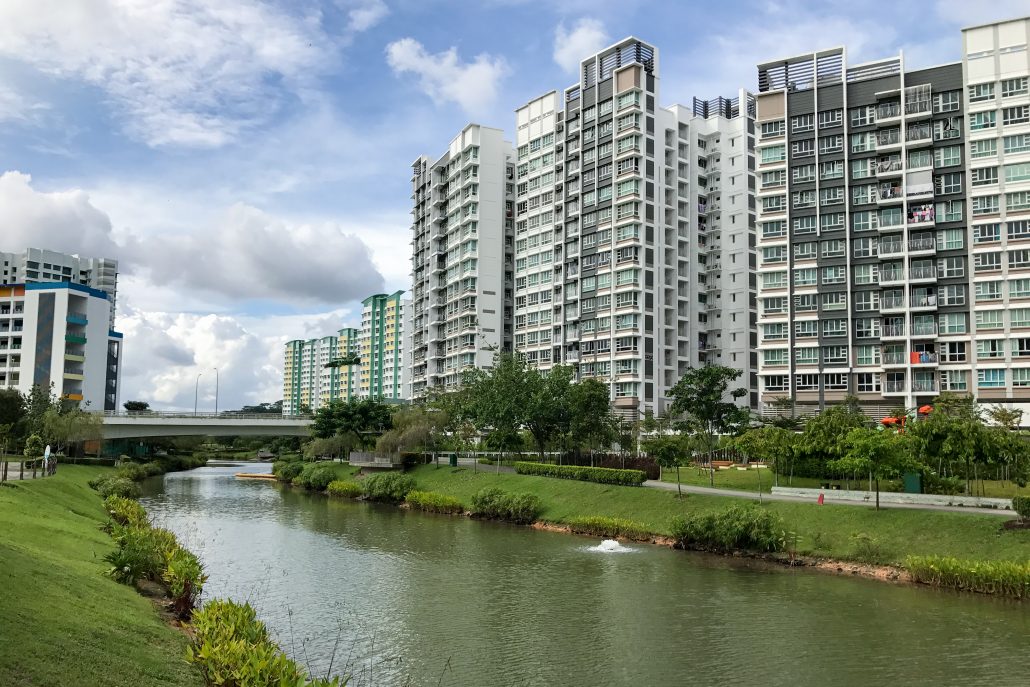If you have been keeping a close watch on the resale transaction market, you will have noticed that between April and June this year, the number of resale applications rose by 29.8% from 4835 to 6276. The figure this year was also 5.6% higher than the resale transaction in the second quarter of 2018.
However, despite the rise in the number of applications, we do not see the same increase in resale prices. Instead, there was a decrease in price by 0.2% whereby the resale price index fell from 131.0 to 130.8, this is the fourth dip in price since the third quarter of 2018.
That said, speculators in the market are still optimistic about it since prices have dropped less than 1% over the past year, and in the 3rd quarter of 2019, the index took a positive turn and increased by 0.1% instead.
What caused the increase in transactions?
This increase in resale transactions has been attributed to many different factors.
- Increase in attractiveness
As supply increases in the resale market, prices will start to fall. This can be attributed to the homeowners who are waiting for their property to reach the MOP before they upgrade to a larger HDB or even private property. This decrease in price has attracted more buyers to the resale market even though there is the availability of new flats from the government.
- CPF Policy Revision
This was a major catalyst that spurred the purchase demand as the demand for matured flats has started to surge due to the revision in CPF policy. In the past, homeowners of older properties often struggled to find a suitable buyer; however, with the CPF policy change, there has been an increase in sale inquiries and stronger purchase interest for the older properties.
Couples who wish to live near their parents in mature estates or those who wish to enjoy a larger living space with a lower price quantum are now able to obtain housing loans or fully-utilized their CPF to buy an older flat. With this regulation in place, the ages of the buyers are taken into account as long as the property’s remaining lease covers the youngest buyer until the age of 95. Therefore, homeowners are now able to obtain a bigger loan.
Interests for older apartments have risen and more en-bloc owners are also purchasing older flats after receiving their sales proceeds since older flats are cheaper and have a larger living space. The money saved from the sales proceeds can then be used for retirement or pumped into other investments.
- Reduction in Loan-To-Value (LTV) Ratio
Borrowers used to be able to finance up to 80% of their property; however, since the policy revision in 2018, borrowers are now only able to finance up to 75% of the property. The 25% that borrowers have to pay with either cash or their CPF can amount to hundreds of thousands for private properties. This high cash outlay resulted in some buyers opting for a resale flat since they will then be able to apply for an HDB loan which allows them to finance up to 90% of their flat and they will only have to pay 10% upfront.
- En-bloc Fever
Retirees or homeowners who made their windfall through en-bloc sales may opt for resale flats as they may no longer need the large spaces with adult children who may have since moved out of the family home. Buying a resale flat allows them to have extra funds left over from their sales proceeds to use as their retirement funds.
Why then, did resale prices decrease?
Many of you must have been curious, with the surge in transaction volume for the resale property, the price should also increase accordingly. However, this is not the case for the current resale market as prices are decreasing. Below are a few reasons why we saw prices decrease until 3Q 2019.
- Increasing supply of HDB resale flats
Although the resale transaction volume may continue, prices may not surge as fast. Since there is a rise in the number of HDB flats reaching the MOP this year, more sellers will be out there in the market looking for a suitable buyer. This may then jeopardize the property prices of resale flats in certain locations.
- A steady supply of BTO flats
In 2019, HDB launched approximately 14,600 new units which could result in lower demand for the resale market. However, this might not always be true, since the supply of BTO flats available in the market will not always directly affect the sales in the resale market. This is because it will also have to depend on the profile of the buyers in the market. For example, if both buyers are Permanent Residents (PR), then they are not eligible for new HDB flats and can only opt for resale flats.

Conclusion
Despite the surge in transactions in the resale market and a positive uptrend on the Resale Price Index in 3Q 2019, a sizeable price rebound in the resale market is quite unlikely due to the surge in supply. That said, even if the current trends were to sustain, there is still room for growth as a result of the increase in resale transactions.

